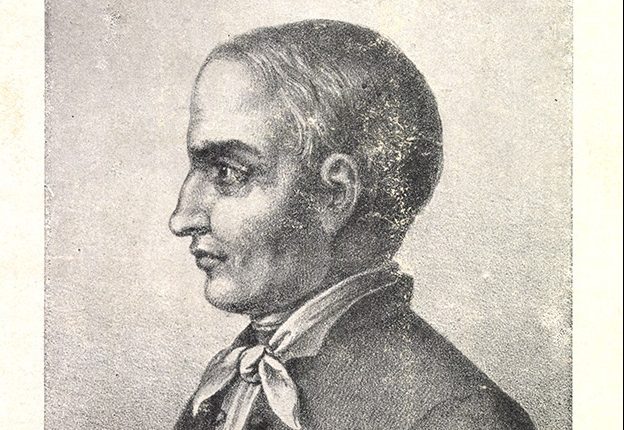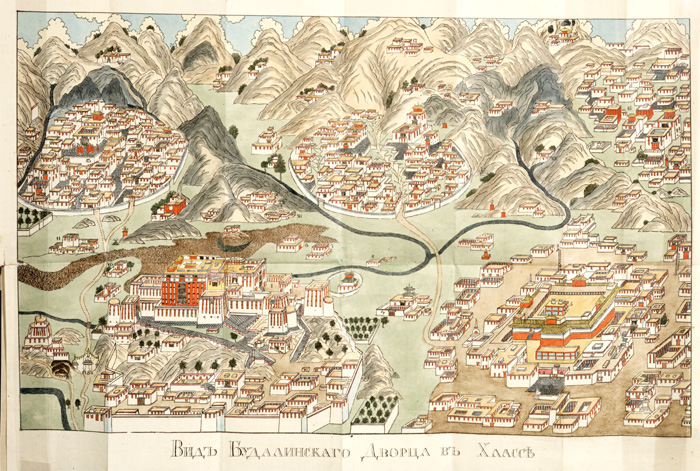
Minister of Culture János Csák delivered a speech on the occasion of the famous Hungarian tibetologist's 240th birtday.Continue reading

On the 240th anniversary of Sándor Kőrösi Csoma’s birth, an exhibition featuring works by Szekler textile artist Ella Gazdáné Olosz opened in Kolkata, organized by the Liszt Institute – Hungarian Cultural Center Delhi.
The exhibition is part of events commemorating the linguist’s legacy, displayed Ella Gazdáné Olosz’s works alongside oriental motifs, inviting admiration for their fusion of Eastern inspiration with Western techniques.
The Liszt Institute’s Csoma 240 initiative, launched on April 4, underscores the significance of maintaining ties between Indians and Hungarians through the Kőrösi Csoma tradition.
The exhibition not only resonated with audiences for its artistic merit but also for its cultural significance.
Despite the artist’s absence from India, her pieces evoked the spirit of the East, resonating with viewers.
Ella Gazdáné Olosz’s travels across the Middle East and Southeast Asia, studying traditional textile cultures, deeply influenced her work, blending traditional and modern elements. Alongside the exhibition, photographs by Viktor Zichó, chronicling his cycling journey from Csomakőrös to Darjeeling, were displayed, further highlighting Kőrösi Csoma’s legacy.
The initiative also called for Hungarians who visited Kőrösi Csoma’s tomb to share their photos, reflecting a collective homage to his memory.
Planned activities include a scientific conference, drawing competition, and school program in Indian schools, aimed at introducing Sándor Kőrösi Csoma to students.
The Liszt Institute’s efforts serve to bridge cultural divides and honor Csoma’s enduring legacy, fostering understanding and appreciation between Hungarian and Indian communities.

Minister of Culture János Csák delivered a speech on the occasion of the famous Hungarian tibetologist's 240th birtday.Continue reading
Via MTI; Featured Image: Wikipedia
Array
(
[1536x1536] => Array
(
[width] => 1536
[height] => 1536
[crop] =>
)
[2048x2048] => Array
(
[width] => 2048
[height] => 2048
[crop] =>
)
)